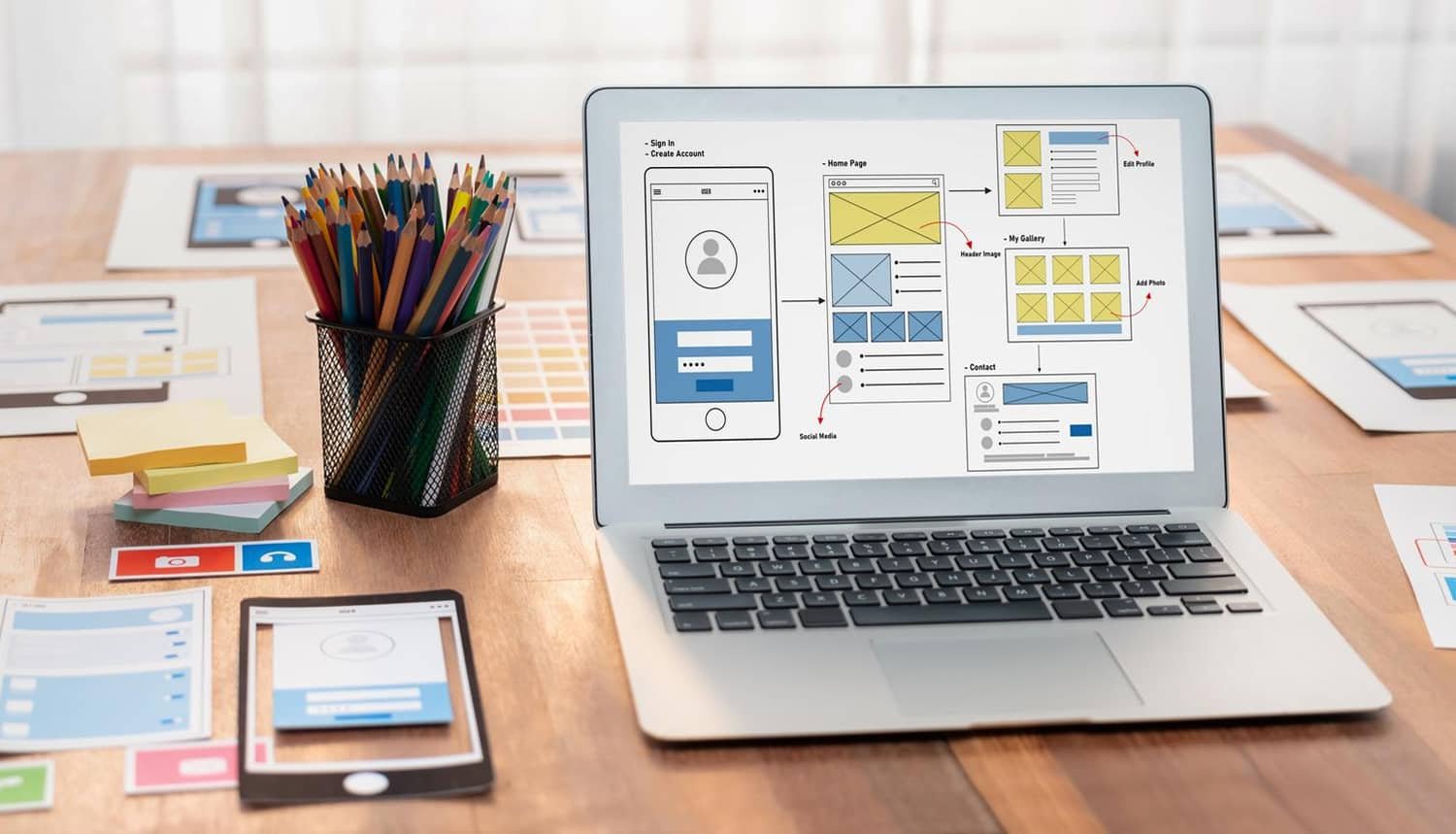
If you’re building or refreshing a WordPress website, one thing’s clear—you need more than just a pretty layout. A modern website today has to load fast, work on all devices, be secure, and guide users smoothly from one click to the next. And the good news? WordPress makes all of that possible if you know what features to include.
Let’s walk through the must-have features every modern WordPress website should include to stay relevant and effective in 2025.
Key Features Every WordPress Website Needs Today
From faster load times to better SEO and mobile-ready design, these must-have features will keep your WordPress website modern, user-friendly, and ready to grow your business in 2025 and beyond.
1. Mobile-Friendly Design
Let’s be honest, most of us browse on our phones. If your site isn’t mobile-friendly, you’re already losing visitors. A responsive design makes sure your website adjusts smoothly on different screen sizes, like phones, tablets, or desktops.
It’s not just about looks; it’s about usability. No pinching. No zooming. Just a site that works well, everywhere.
2. Fast Loading Speed
Nobody waits around for a slow website. If your site takes more than 3 seconds to load, there’s a good chance visitors will leave before even seeing your content. Use lightweight themes, optimize your images, and consider a caching plugin.
WordPress has tons of tools to help with speed; use them. Faster websites not only keep visitors around but also help you rank better on Google.
3. Easy-to-Use Navigation
A modern site makes it easy for visitors to find what they’re looking for. That means simple menus, logical structure, and a clear path from page to page. Don’t overcomplicate things.
Think like a visitor, if you land on your homepage, can you find your services, about page, or contact info in one or two clicks? That’s what good navigation looks like.
4. SEO Optimization
A great website is no good if nobody can find it. WordPress is SEO-friendly by default, but with the right plugins like Yoast SEO or Rank Math, you can boost your visibility even more.
Add proper page titles, write meaningful meta descriptions, and always use image alt text. A good sitemap helps, too. Don’t overthink it, just give Google what it needs to understand your site.
5. Security Features
Online threats are real. Even small websites can be targeted. That’s why basic security isn’t optional—it’s a must. Use SSL (that little padlock in the browser), keep your plugins and WordPress version updated, and install a trusted security plugin like Wordfence or Sucuri.
It only takes a few steps to protect your site and avoid a major headache later.
6. Clean, User-Friendly Design
A cluttered website is a turn-off. Visitors shouldn’t feel lost or overwhelmed. Stick to a clean layout with plenty of white space, readable fonts, and a clear visual hierarchy.
Highlight the most important stuff first—what you do, how to contact you, or what you want users to do next. A simple design doesn’t mean boring. It means focused.
7. Contact Forms and CTAs
Every modern WordPress website should give visitors a clear way to connect. Whether it’s a contact form, a newsletter signup, or a button to book a call, make it easy.
CTAs (calls-to-action) should be visible, clear, and placed where they make sense: after a service description, in the sidebar, or at the bottom of your pages. Keep your forms short and to the point.
8. Analytics and Tracking
If you’re not tracking how people use your site, you’re flying blind. Tools like Google Analytics or MonsterInsights help you understand what pages people visit, how long they stay, and where they drop off.
It’s not just about numbers—it’s about knowing what to improve. Even basic tracking can give you insights that lead to better decisions.
9. Blog or Content Section
A blog isn’t just for writers—it’s for businesses that want to grow. Regular content helps with SEO, builds trust with visitors, and shows that your site is active.
Whether it’s updates, how-to guides, or case studies, fresh content keeps people coming back and gives Google more reasons to rank your site higher.
10. CMS Flexibility
One of the best things about WordPress is that it puts you in control. You don’t have to call a developer for every small change. With the right setup, you can update content, upload images, or add new pages on your own.
Use flexible themes and page builders like Elementor or Gutenberg to make updates simple, even if you’re not tech-savvy.
Final Thoughts
A modern WordPress website isn’t just about design—it’s about user experience, performance, and flexibility. From mobile readiness and fast speed to SEO tools and solid security, these features make your website more than just a digital presence. They turn it into a growth tool for your business.
Not sure where to start or which features your site really needs? At EMU Digital Agency, we build WordPress websites that are fast, secure, and designed to grow with your business. Whether you’re launching something new or upgrading an old site, we’re here to help.